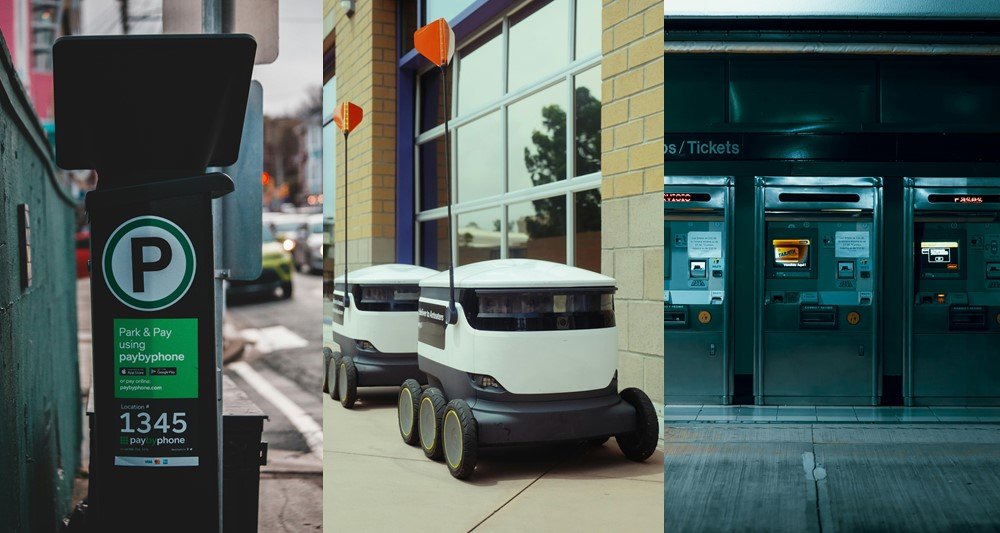How Is Digital Transformation Reshaping the Public Sector?
As technology continues to advance rapidly, government agencies face increasing pressure to adapt and innovate. But how is digital transformation reshaping public services and operations? In this blog post, we will explore the concept of digital transformation in the public sector, its key drivers, successful implementations, challenges faced, and its future implications.
Understanding Digital Transformation in the Public Sector
Digital transformation in the public sector refers to the integration of digital technologies into all aspects of government operations and services. This transformation aims to improve efficiency, enhance service delivery, foster greater transparency, and increase citizen engagement. By leveraging technology, government agencies can better meet the needs of citizens while responding to evolving challenges.
Key Drivers of Digital Transformation in Government
Citizen Expectations: Today’s citizens expect seamless, user-friendly experiences similar to those provided by leading private-sector companies. They demand access to services that are efficient and available anytime and anywhere. Digital transformation allows governments to meet these expectations by offering online services, mobile applications, and real-time communication channels. For example, many municipalities now provide online portals for residents to pay bills or report issues directly.
Operational Efficiency: Many public sector organizations grapple with outdated processes and legacy systems that hinder productivity. Digital transformation enables agencies to streamline operations, automate routine tasks, and reduce administrative burdens. For instance, implementing digital workflows can significantly cut down processing times for permits or licenses. The City of Los Angeles has implemented a digital permitting system that reduces the time required for approvals from weeks to days.
Data-Driven Decision Making: With the rise of big data analytics, government agencies can harness vast amounts of information to inform policy decisions and improve service delivery. By analyzing data trends, agencies can identify areas for improvement and allocate resources more effectively. For example, predictive analytics can help law enforcement agencies allocate resources based on crime trends rather than historical data alone.
Enhanced Collaboration: Digital tools facilitate collaboration between different government departments and agencies. By breaking down silos, public sector organizations can work together more efficiently, leading to better outcomes for citizens. Collaborative platforms enable real-time sharing of information across departments, improving responsiveness and coordination.
Examples of Digital Transformation in the Public Sector
Online Services: Many governments have shifted services online to improve accessibility. Citizens can now apply for permits, pay taxes, or request information through user-friendly websites or mobile apps. For instance, the UK government’s GOV.UK platform centralizes access to public services online.
E-Government Initiatives: E-government initiatives aim to digitize public services fully. Countries like Estonia have implemented comprehensive e-government systems that allow citizens to access a wide range of services online securely. Estonians can vote online, access their health records, and even start businesses through a digital identity system.
Smart City Projects: Cities around the world are adopting smart technologies to enhance urban living. For example, Barcelona has implemented smart lighting systems that adjust based on pedestrian traffic, reducing energy consumption while enhancing safety.
Remote Work Solutions: The COVID-19 pandemic accelerated the adoption of remote work in the public sector. Governments have implemented digital collaboration tools that enable employees to work effectively from home while maintaining productivity. Tools like Microsoft Teams and Zoom have become essential for virtual meetings and collaboration among government employees.
AI-Powered Chatbots: Many government agencies are utilizing AI-powered chatbots to handle common inquiries from citizens efficiently. These chatbots provide 24/7 assistance for questions related to services such as tax filing or public health information.
Challenges Facing Digital Transformation in the Public Sector
Despite its benefits, digital transformation in government is not without challenges:
Budget Constraints: Limited funding can hinder the implementation of new technologies. Many public sector organizations operate under tight budgets and may struggle to justify investments in digital initiatives.
Resistance to Change: Employees may resist new processes or tools due to fear of job loss or discomfort with technology. Change management strategies are crucial for overcoming this resistance and ensuring successful adoption.
Cybersecurity Risks: As governments digitize their operations, they become more vulnerable to cyberattacks. Robust cybersecurity measures are essential to protect sensitive citizen data and maintain trust.
Data Privacy Concerns: Protecting citizen data is paramount; governments must ensure compliance with privacy regulations while leveraging data for decision-making.
The Future of Digital Transformation in the Public Sector
Looking ahead, several trends are likely to shape the future of digital transformation in government:
Increased Use of Artificial Intelligence (AI): AI will play a significant role in automating processes and enhancing decision-making within government agencies. From predictive analytics in law enforcement to AI-driven customer service solutions, AI’s impact will be profound.
Focus on Cybersecurity: As cyber threats continue to evolve, governments will prioritize cybersecurity measures as part of their digital transformation strategies. This focus will include investing in advanced security technologies and training personnel on best practices.
Emphasis on Citizen Engagement: Governments will increasingly leverage technology to engage citizens actively in decision-making processes. Tools such as online surveys, participatory budgeting platforms, and social media will facilitate greater involvement from constituents.
Sustainability Initiatives: Digital transformation will also align with sustainability goals as governments seek eco-friendly solutions through technology adoption—such as smart grids and energy-efficient infrastructure.
Conclusion
Digital transformation is reshaping the public sector by enhancing service delivery, improving operational efficiency, and fostering greater transparency and accountability. As governments continue to embrace technology, they must also address challenges related to budget constraints, employee resistance, cybersecurity risks, and data privacy concerns. Ultimately, successful digital transformation will empower public sector organizations to better serve their citizens in an increasingly digital world.




